HubSpot x Salesforce Terminology Cheat Sheet
On this page
Introduction
HubSpot and Salesforce are two of the most widely used CRM platforms, but they use different terminology for similar concepts. This cheat sheet helps businesses using both platforms (or transitioning between them) quickly understand how objects, properties, and terms map between the two systems.
When is this resource useful
Transitioning between platforms
If your business is migrating from Salesforce to HubSpot or vice versa, understanding the differences in terminology and data structures will help ensure a smooth transition. The terminology chart and key differences outlined in this document will assist teams in adapting quickly, preventing miscommunication and data errors.
when you're connecting both systems
Many businesses use both HubSpot and Salesforce together, syncing data between them for marketing and sales alignment. If your team is integrating these platforms, this guide will help you navigate key terminology differences, ensuring accurate data mapping and preventing workflow disruptions.
key object & property comparisons
|
HubSpot Term |
SalesForce Equivalent |
Description |
|
Contacts |
Leads & Contacts |
In HubSpot, all individual people are stored as “contacts”, whereas Salesforce differentiates between Leads (unqualified) and contacts (qualified). |
|
Companies |
Accounts |
A Company or business entity associated with a contact or deal. |
|
Deals |
Opportunities |
A revenue-generating potential sale that moves through a pipeline. |
|
Pipeline |
Opportunity Stages |
The structured path that a deal or opportunity follows until it is closed. |
|
Tickets |
Cases |
Used to track customer issues and support interactions. |
|
Custom Objects |
Custom Objects |
Both platforms allow custom objects. |
|
Lifecycle Stage |
Lead Status / Opportunity Stage |
Defines where a contact or company is in the buyer’s journey. |
|
Lead Status |
Lead Status |
Both platforms use “Lead Status” to track the progress of a lead, but Salesforce often requires conversion into a Contact and Opportunity. |
|
Owner |
Owner |
The assigned user responsible for a contact, company, or deal. |
|
Forms |
Web-to-Lead Forms |
HubSpot forms are used to capture lead information; Salesforce has Web-to-Lead functionality for similar purposes. |
|
Workflows |
Flows / Process Builder |
Automation tools that trigger actions based on conditions. |
|
Sequences |
Sales Cadences |
Email automation for sales reps to follow up with leads systematically. |
|
Marketing Emails |
Email Campaigns |
Both platforms allow sending marketing emails, but HubSpot has a built-in email marketing tool. |
|
Reports & Dashboards |
Reports & Dashboards |
Both CRMs provide reporting tools. |
|
Playbooks |
Guided Selling / Call Scripts |
HubSpot’s Playbooks provide sales reps with best practices and scripts, similar to Salesforce’s guided selling tools. |
hubSpot campaigns vs. salesforce campaigns
HubSpot Campaigns are designed to track and measure marketing efforts across multiple assets, such as emails, ads, forms, and landing pages, within a single campaign. They help marketers consolidate performance data and see how different elements contribute to conversions.
Salesforce Campaigns, on the other hand, are more focused on tracking marketing efforts related to specific leads, contacts, and opportunities, providing detailed ROI reporting and multi-touch attribution. They allow marketers to associate multiple leads or contacts with a campaign and track engagement across different touch-points.
key differences
- Focus: HubSpot Campaigns are centered around marketing asset performance, while Salesforce Campaigns track interactions with leads and contacts.
- Attribution: Salesforce Campaigns offer more advanced attribution modeling, while HubSpot Campaigns emphasize integrated marketing asset tracking.
- Integration: HubSpot Campaigns provide a more user-friendly interface for digital marketing efforts, whereas Salesforce Campaigns require deeper customization and integration with Sales Cloud.
hubSpot sequences vs. salesforce sales cadences
HubSpot Sequences is a sales automation tool that enables sales reps to automate follow-ups with prospects via email and tasks. It helps nurture leads over time by allowing reps to create structured outreach sequences, including automated emails and manual tasks like calls or LinkedIn outreach.
Salesforce Sequences, available through Sales Engagement, serves a similar purpose but offers more advanced customization, deeper integration with Salesforce Sales Cloud, and additional sales coaching features. Salesforce’s Sequences integrate with Einstein AI to provide recommendations for the next best action.
key differences
- Ease of Use: HubSpot Sequences are easier to set up and use, whereas Salesforce Sequences offer more customization but require a more complex setup.
- AI & Insights: Salesforce Sequences leverage AI-powered insights through Einstein AI, whereas HubSpot Sequences are more straightforward and focus on execution.
- Integration: HubSpot Sequences work seamlessly with HubSpot CRM, while Salesforce Sequences are more deeply embedded in the broader Salesforce ecosystem.
need help?
We have certified integration experts to help you whether you are migrating or integrating these systems. If you’d like a free consultation, let us know!
relevant knowledge base articles
Explore More Insights: Related Blog Posts
-
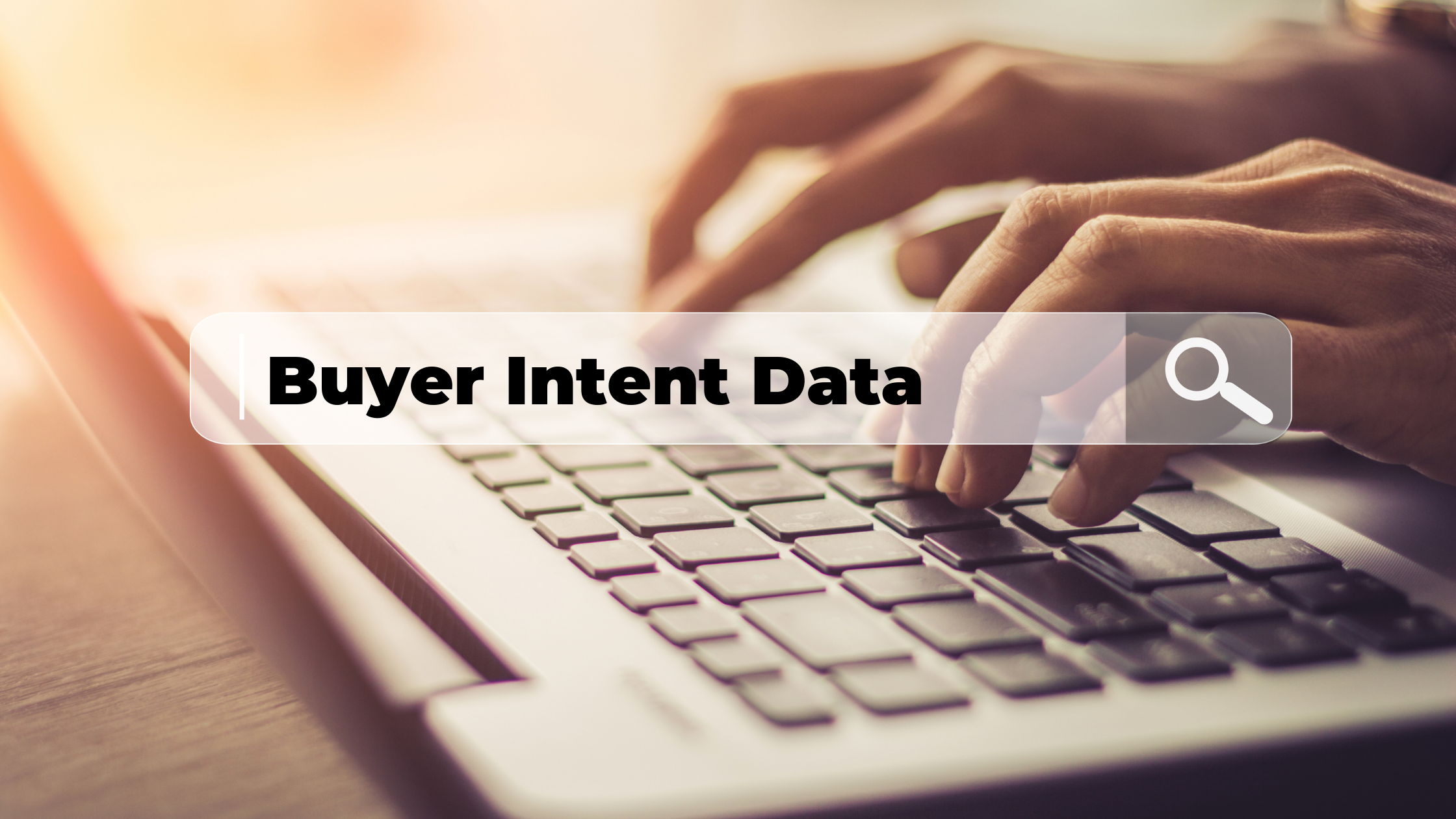 Inbound MarketingSep 13, 2021
Inbound MarketingSep 13, 2021 Growth Marketing Firm
Growth Marketing FirmIncrease Your Sales with Buyer Intent Data
(last updated August 25, 2022) The first step your ideal customer takes on their buyer journey toward your...
-
 HubSpotAug 2, 2024
HubSpotAug 2, 2024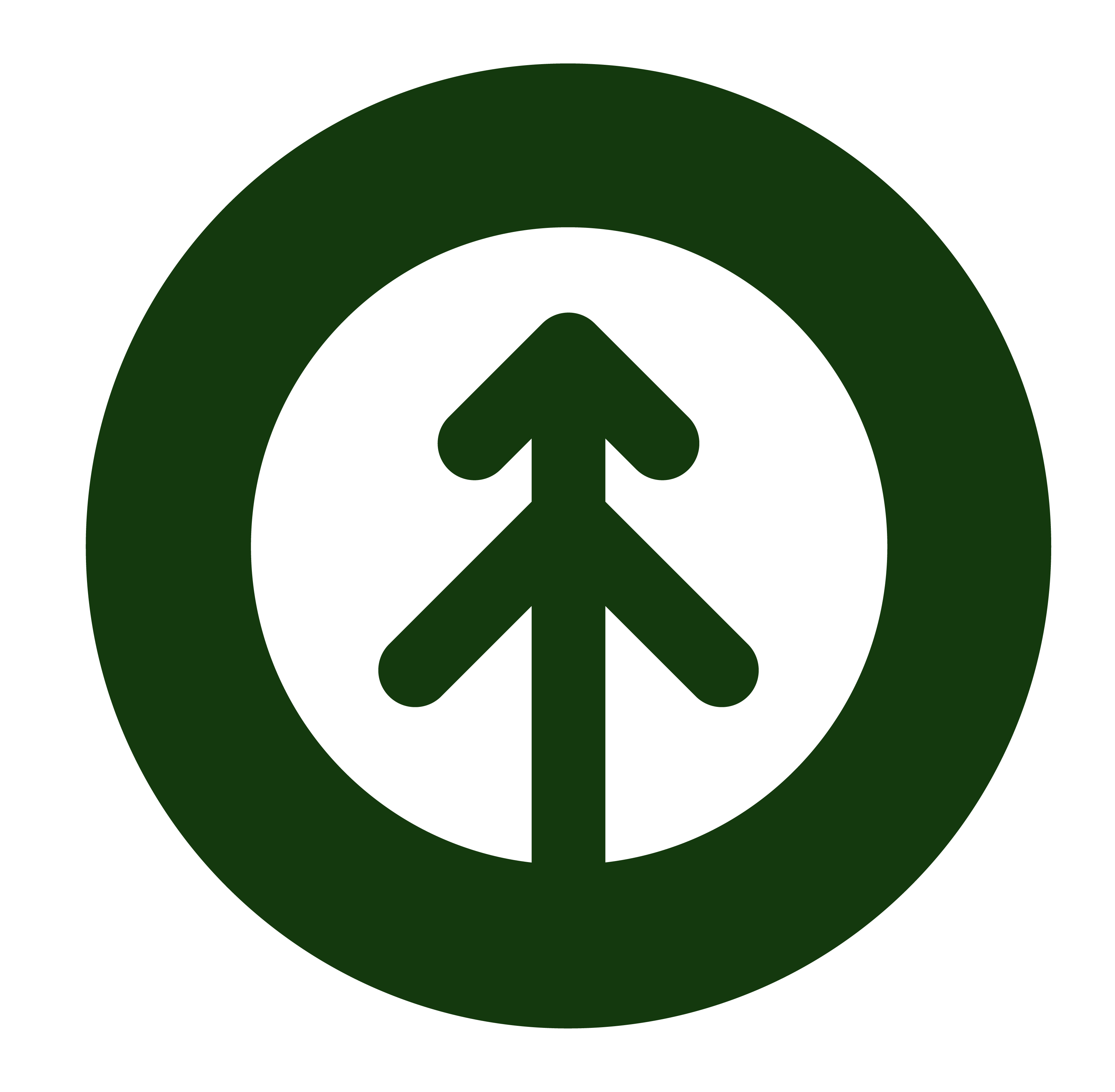 Growth News
Growth NewsGrowth ABM Delivered $2M in Monthly Qualified Safety Apparel Sales
Growth executed a highly targeted account-based marketing (ABM) campaign for Mechanix Wear and Chicago...
-
 HubSpotMay 17, 2023
HubSpotMay 17, 2023 Growth Marketing Firm
Growth Marketing FirmHubSpot + Apollo.io: Supercharging Growth with Sales Intelligence
Efficient workflows and seamless communication between various data tools are more important now than ever...
-
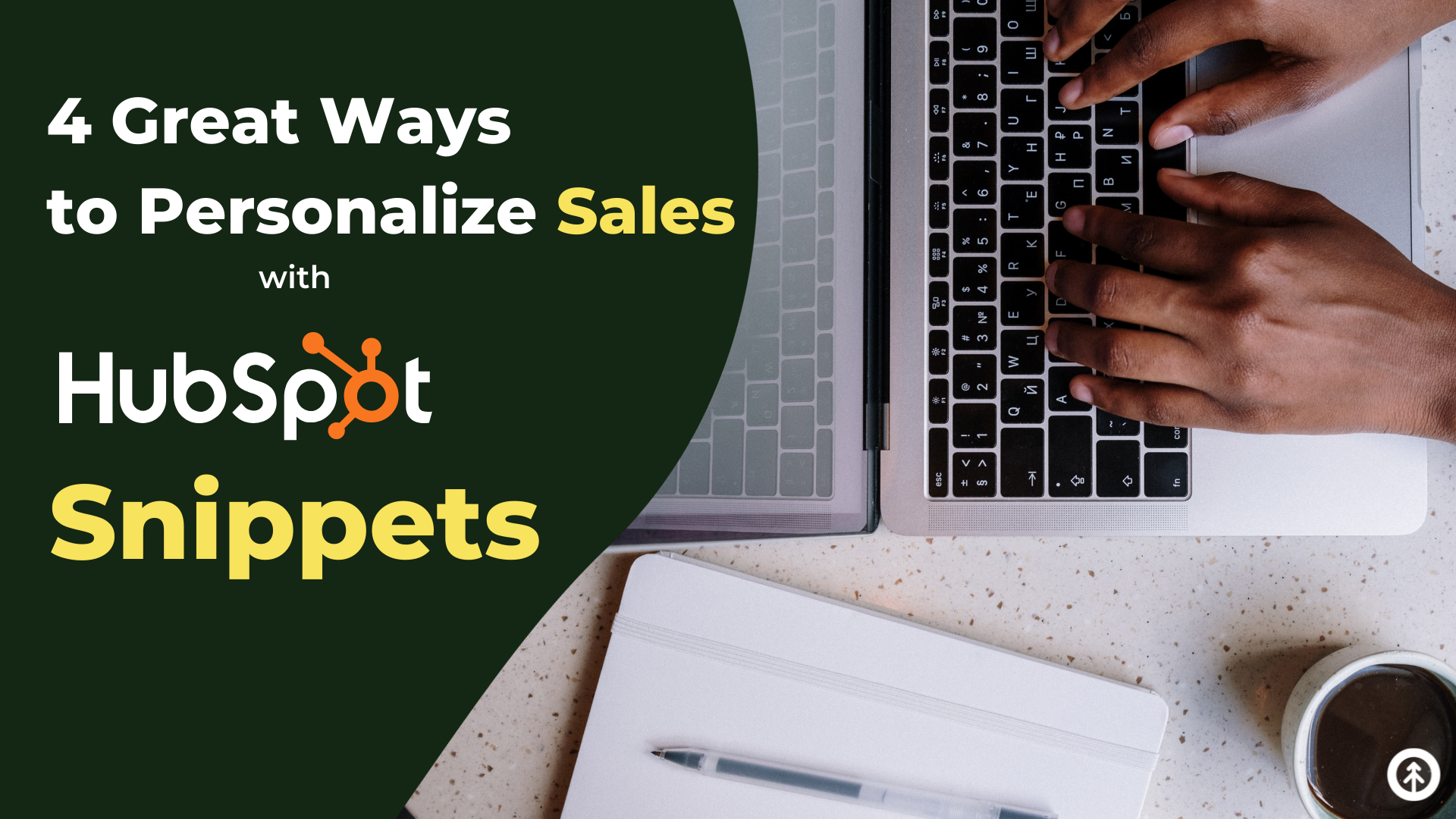 Sales EnablementDec 14, 2021
Sales EnablementDec 14, 2021 Growth Marketing Firm
Growth Marketing Firm4 Great Ways to Personalize Sales with HubSpot Snippets
As we round the corner to 2022, we are reminded that one thing we can’t get more of is time.
-
 Sales EnablementSep 26, 2023
Sales EnablementSep 26, 2023 Growth Marketing Firm
Growth Marketing FirmHubSpot Updates: AI-powered sales summary, QR payment codes, Auto Blog to Social posts
September brought game-changing updates from HubSpot, empowering users with enhanced tools for efficiency and...
-
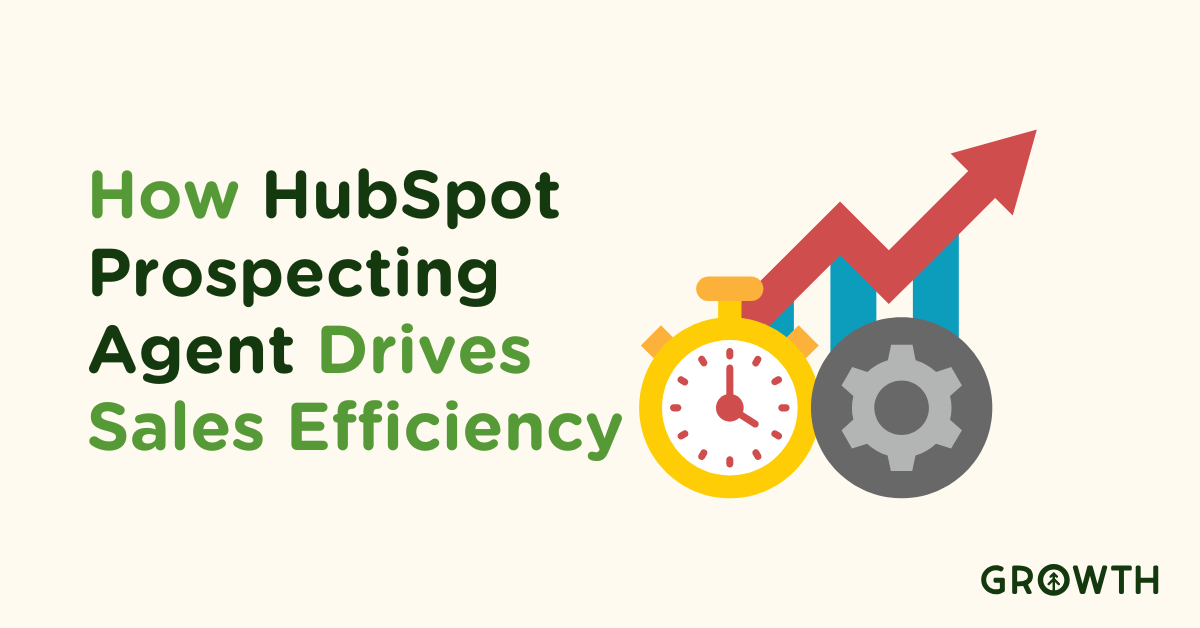 HubSpotJan 27, 2025Rick Barcellos
HubSpotJan 27, 2025Rick BarcellosHow HubSpot Prospecting Agent Saves Time and Drive Sales Efficiency
Manual prospecting can feel like running on a never-ending treadmill. You’re juggling lead lists, follow-up...
-
 Sales EnablementFeb 26, 2025
Sales EnablementFeb 26, 2025 Growth Marketing Firm
Growth Marketing FirmCase Study: Driving $2.6M in pipeline in 9 months with ABM for Mechanix Wear
In a strategic shift to amplify their B2B operations, Mechanix Wear and Chicago Protective Gear partnered...
-
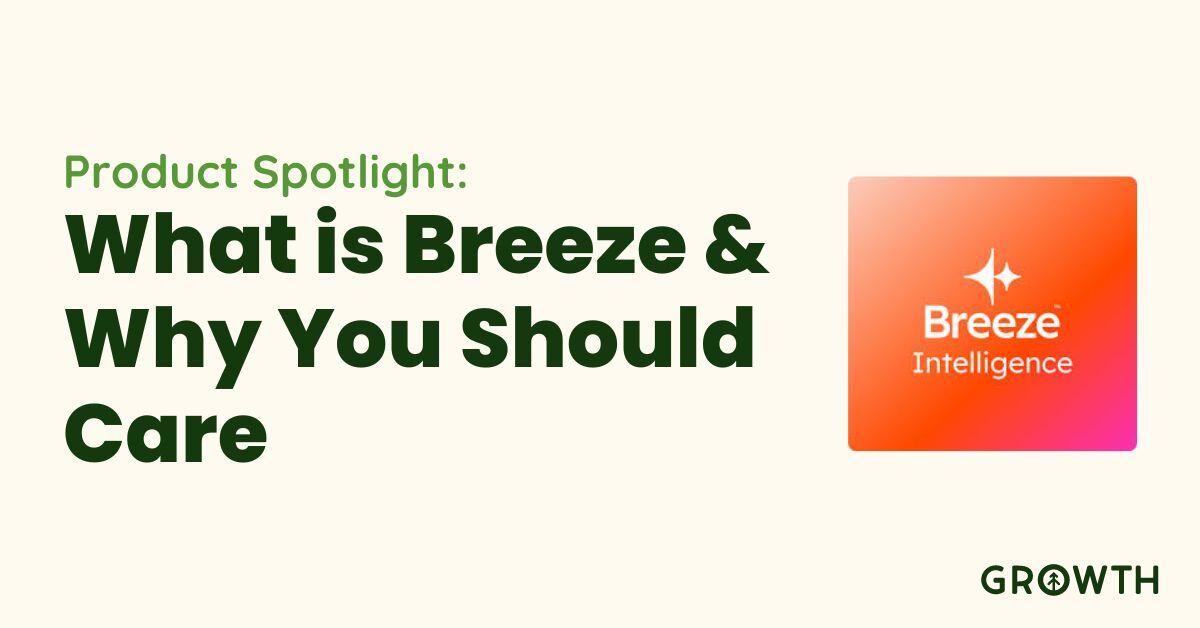 HubSpotSep 23, 2024
HubSpotSep 23, 2024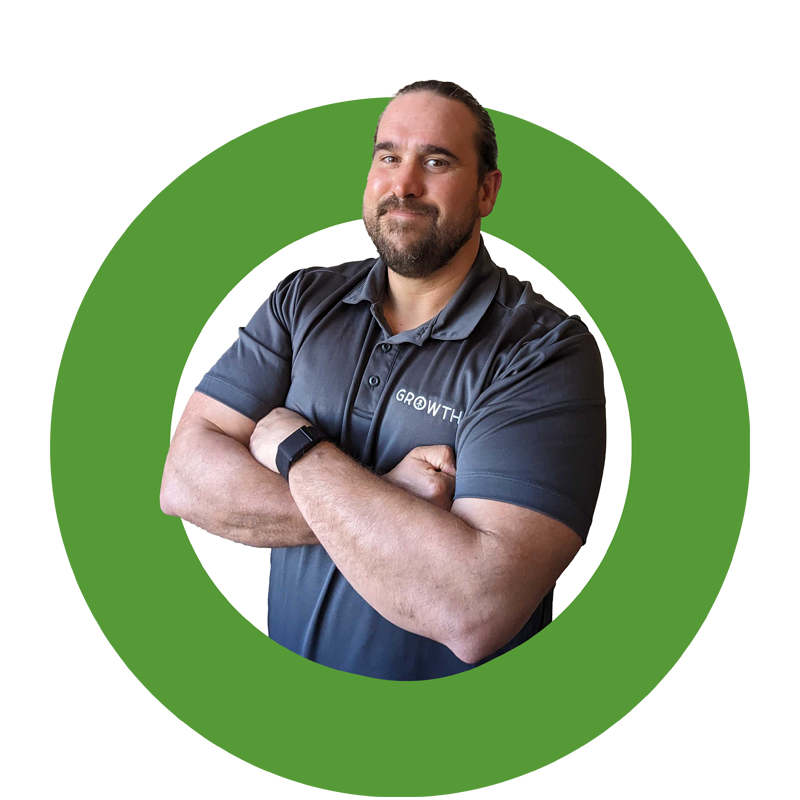 Chris Nault
Chris NaultWhat is HubSpot Breeze AI and Intelligence? Why you Should Act Now
In today’s fast-paced business world, staying ahead of customer expectations is critical. But as buyer...
-
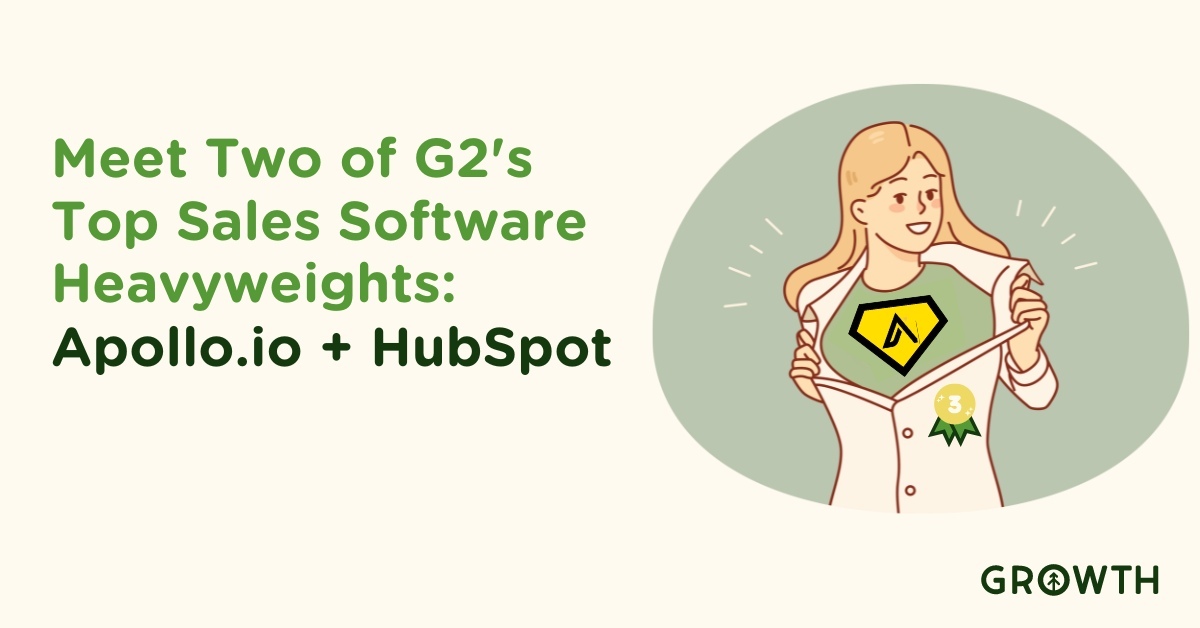 Sales EnablementFeb 12, 2024Rick Barcellos
Sales EnablementFeb 12, 2024Rick BarcellosMeet Two of G2's Top Sales Software Heavyweights: Apollo.io + HubSpot
In the ever-evolving landscape of sales technology, it's rare to find tools that not only meet but exceed...
